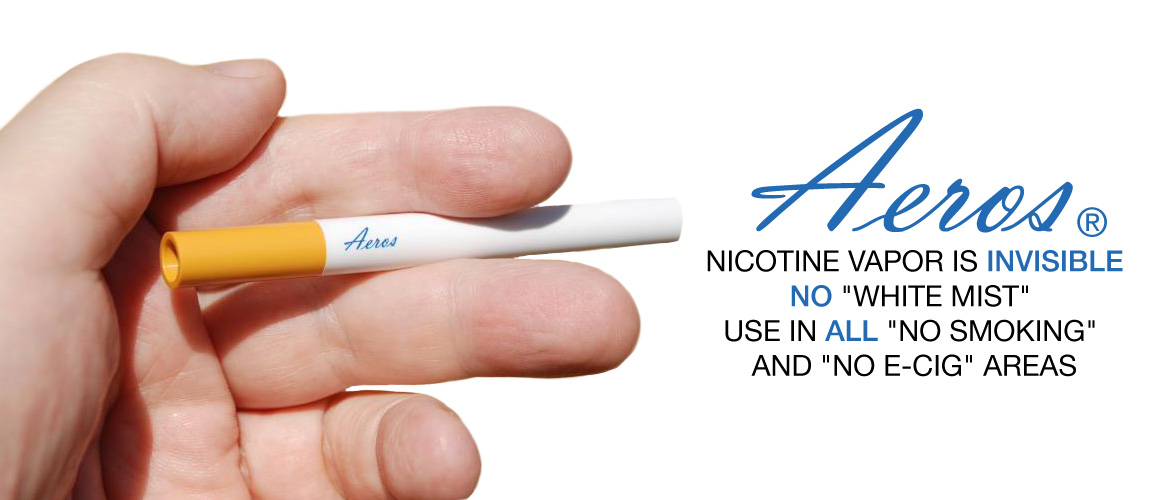When attempting to quit smoking, the ‘habit’ of having a cigarette is often harder to get over than the actual nicotine addiction. In 1998, the FDA approved the nicotine inhaler for use, with the hopes that this type of nicotine replacement therapy could ease both the physical nicotine withdrawal symptoms and the psychological habit of smoking.
How It Is Used
Nicotine inhalers are available only by prescription. The design of it is very basic, with a cartridge that contains nicotine that plugs into a plastic mouthpiece. When cravings for a cigarette occur, the inhaler is used much like a cigarette would be. The instructions state to either inhale deeply into the back of the throat, or take short puffs off of the inhaler. As air passes through the inhaler, nicotine is released in vapor form. Each cartridge is designed to work for about 20 minutes of steady puffing.
These cartridges provide the user with less nicotine than a cigarette, but still give an adequate amount to quell cravings. Up to 16 cartridges maximum should be used daily for 12 weeks. Over the next 12 weeks, less cartridges should be used, allowing a slow step-down in the amount of nicotine the body is accustomed to. As an end goal, use should be lowered until no cartridges are used at all, ending the nicotine dependency.
Pros and Cons
Many smokers find that the physical act of handling an item and inhaling the vapor provides a form of relief that other cessation aids like the nicotine patch or nicotine gum do not. In addition, it can give the sense of immediate gratification that they are used to receiving from a cigarette. The simulation is a form of comfort all on its own. Since the inhaler is used as cravings occur, it is easily customizable and each user can tailor their personal intake.
On the other hand, the inhaler is not for everyone. Some people find that it simply prolongs the habit of smoking instead of allowing the smoker to become independent of it. Cost is also prohibitive for others, as the inhaler itself is more expensive, and it requires a prescription from a physician. Unlike the nicotine patch or gum, the inhaler can not be used discreetly, which may pose a problem for some individuals.




